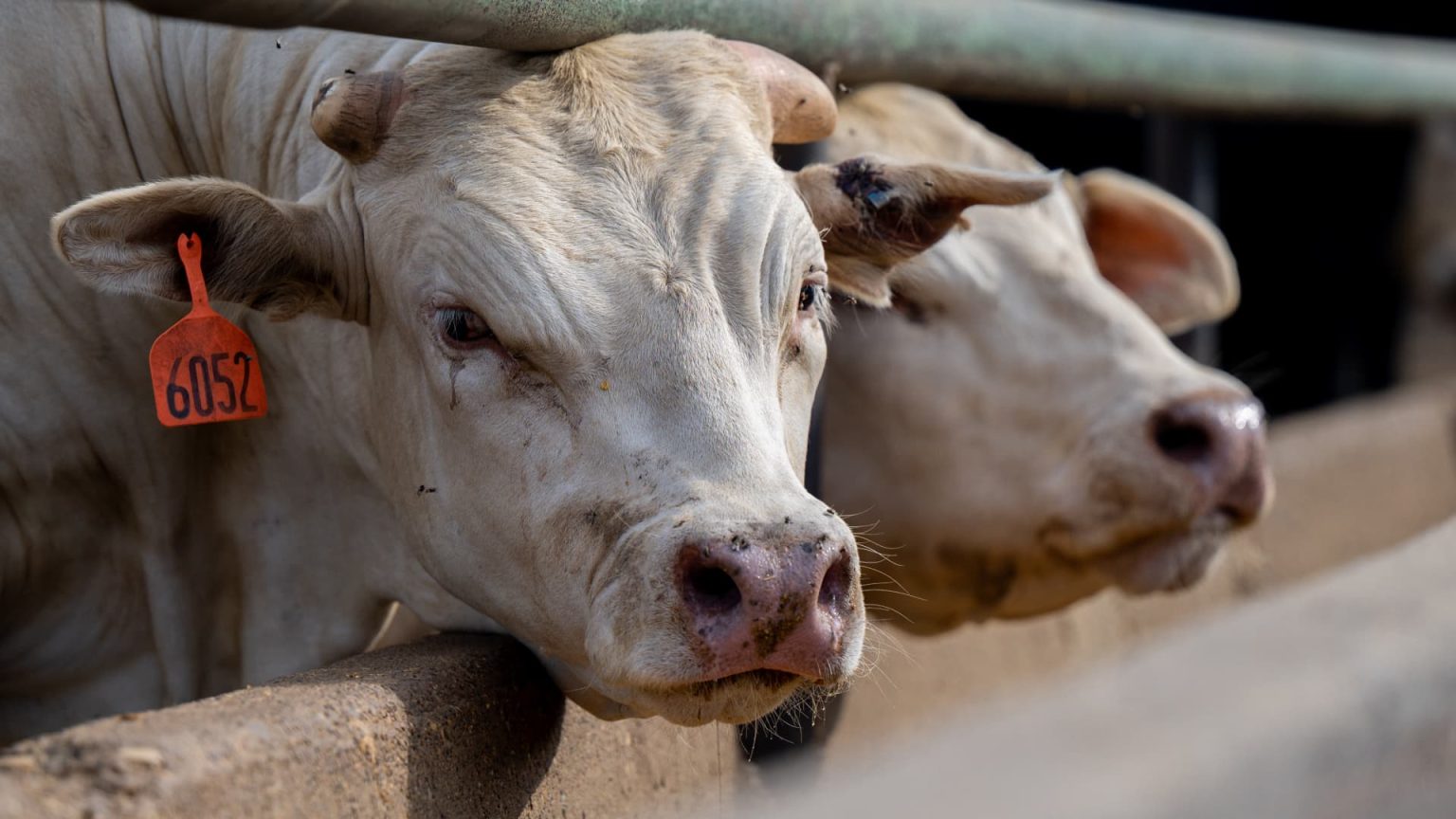U.S. health officials are closely monitoring and preparing to combat bird flu in humans, despite emphasizing that the risk to the general public is low. A strain of bird flu known as H5N1 has been identified in dairy cows in nine U.S. states and in two individuals as part of a global outbreak among poultry and other animals. The most recent case involved a dairy farm worker in Michigan, announced on Wednesday, along with a child in Australia. While the virus has spread among various animal species since 2020, its detection in U.S. livestock earlier this year caught health officials off guard. In rare cases, bird flu viruses can transmit to humans and cause mild to severe symptoms requiring hospitalization.
There is currently no evidence of person-to-person transmission of H5N1, however, the Centers for Disease Control and Prevention (CDC) has stated that the risk of infection is higher among farmworkers compared to the general population. The U.S. government, alongside state and local health departments, is actively monitoring new infections in both humans and animals. Federal agencies have been tracking the H5N1 virus for years, monitoring its evolution and preparing for a possible pandemic. The government has stockpiled vaccines and medicines to combat bird flu, with nearly 5 million doses being prepared to target H5N1. Experts believe that the U.S. is relatively prepared to respond to a potential bird flu pandemic compared to its response to Covid, with most necessary tools already available, pending effective deployment.
The recent infection in a Michigan dairy worker did not come as a surprise to experts or the government. The CDC reported that similar cases in humans were anticipated due to the high levels of the virus found in raw milk from infected cows. The U.S. government has identified two vaccine virus candidates believed to be a good match for H5N1, with nearly 4.8 million doses being manufactured as a preemptive measure. While experts see this as a first line of defense in case of human-to-human transmission, they acknowledge the need for additional doses to combat wider spread among the population. Health officials have indicated the ability to ship more than 100 million doses of human bird flu vaccines within a matter of months, should the need arise.
Negotiations with messenger RNA vaccine makers are ongoing to develop potential bird flu shots for humans, leveraging technology similar to that used in Covid vaccines by Pfizer and Moderna. mRNA vaccines could be updated more rapidly to match current strains of the bird flu but present challenges in storage and administration. The FDA would need to approve bird flu vaccines before distribution, with the agency expected to expedite the process given its familiarity with similar flu vaccines. Surveillance systems are in place to monitor the spread of H5N1 among people and animals, with ongoing analysis of genetic changes that could increase the virus’s transmissibility and resistance to treatment.
The CDC continues to analyze seasonal and new influenza viruses to identify potential threats to human health, including changes in the virus that may impact severity or susceptibility to vaccines and drugs. While testing for the virus is available at various levels, self-screening for the average person is more challenging compared to Covid due to barriers in healthcare access, particularly for populations like farmworkers who are at higher risk. FDA-approved antiviral drugs like Tamiflu may be used for treating bird flu, but supply constraints could limit widespread use. Public awareness campaigns encourage individuals to avoid contact with infected animals and consume pasteurized dairy products to minimize the risk of contracting bird flu.
Safe practices include utilizing appropriate protective gear when in contact with animals, regular hand washing, and avoiding consumption of raw dairy products. Misinformation and vaccine hesitancy present challenges in the decision-making process for vaccine production and distribution, especially with the need to vaccinate a vast population in a short period. The U.S. government faces the dilemma of preparing an adequate supply of vaccines to combat potential pandemics while balancing the costs and risks associated with overproduction. Efforts to engage with mRNA vaccine makers for potential solutions remain ongoing, with the hope of leveraging innovative technologies to address emerging health threats like bird flu.


